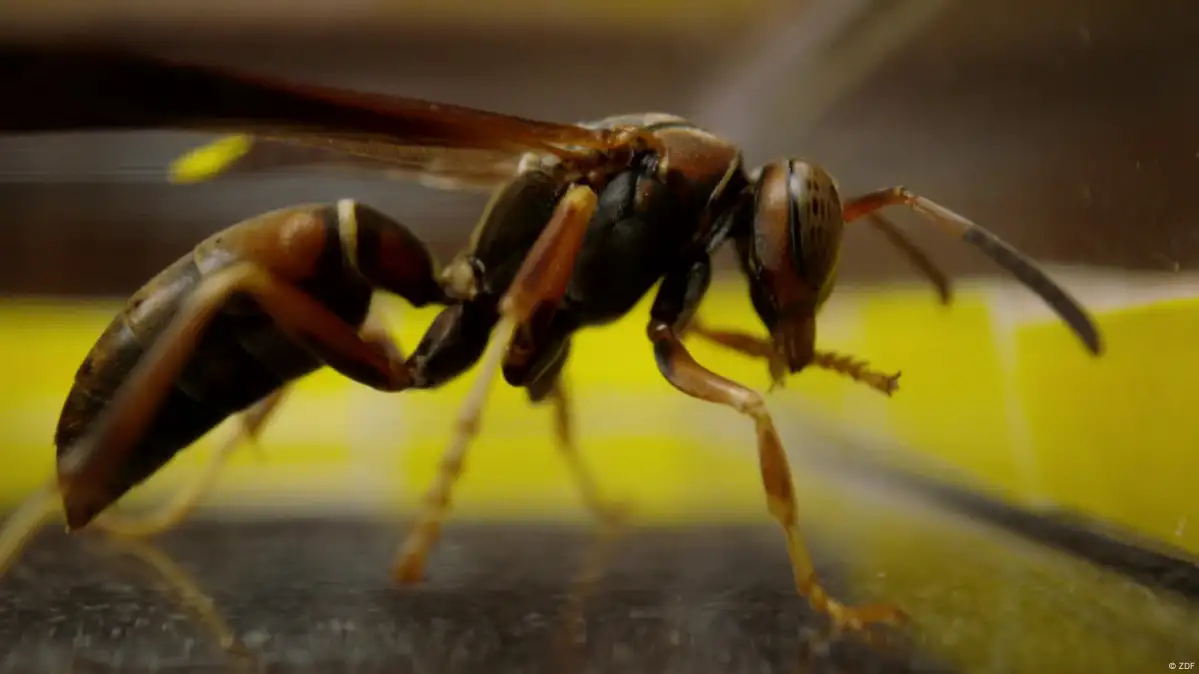Behavioral biologist Elizabeth Tibbetts is amazed at the paper wasp’s capacity to learn and understand. "They may not be universal geniuses like artists, but they’re brilliant in their fields,” says the researcher at the University of Michigan. The animals can memorize faces, eavesdrop on fighting rivals to assess potential opponents and think strategically. They can master brain teasers that even small children can’t solve. Bumblebees, along with their relatives bees and paper wasps, are just three of almost a million insect species worldwide. But when it comes to these species, science agrees that the image of robotic creatures with no intelligence, that only exist to eat, be eaten or produce offspring, is outdated. Below, above and alongside us live tiny animals capable of learning and acting with intelligence. They are able to store images, shapes, colors and experiences in their brains. For a long time, it was generally believed that intelligent behavior in insects was superfluous, as most only live for a few weeks. Earwigs live for about a year; as babies, their mothers apparently teach them how to nurture their own brood. What’s even more surprising: insects from the same clutch can develop different personality traits. In horseradish flea beetles, for example, some are braver than others. And, as evolutionary biologist Elizabeth Tibbetts says: "Paper wasps are as bitchy as the protagonists of Game of Thrones." The animals plot, betray colleagues and fight to the death to be queen. The insect world is much more complex than previously thought. One reason is that any species with a wide range of diverse individuals can better adapt to climate changes - an evolutionary advantage for survival.
